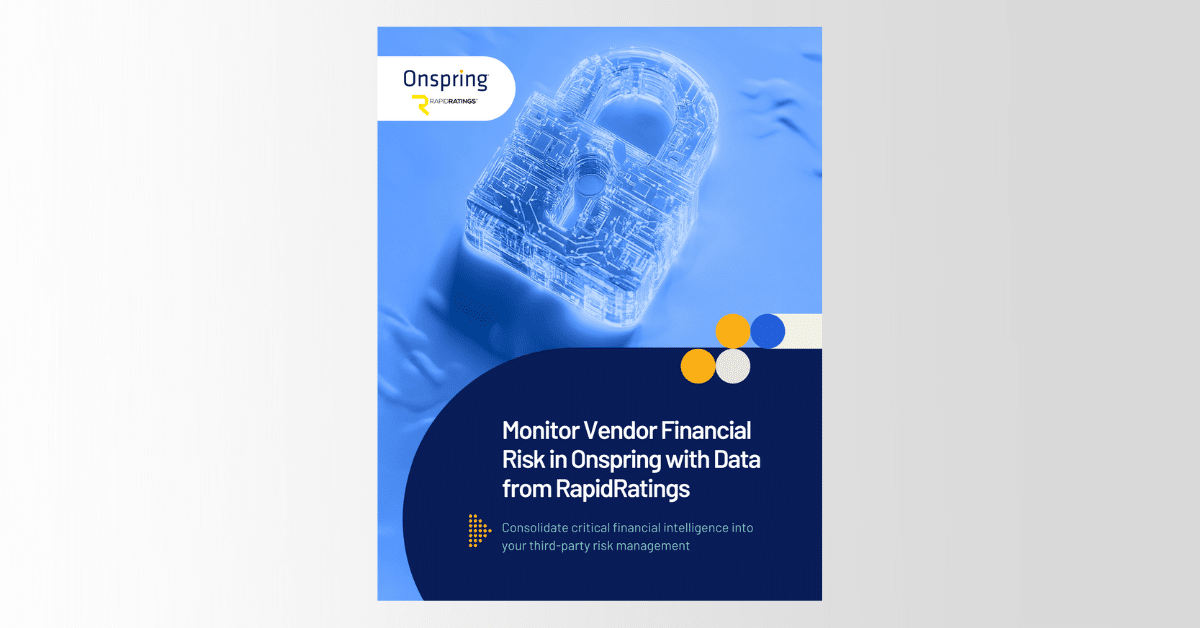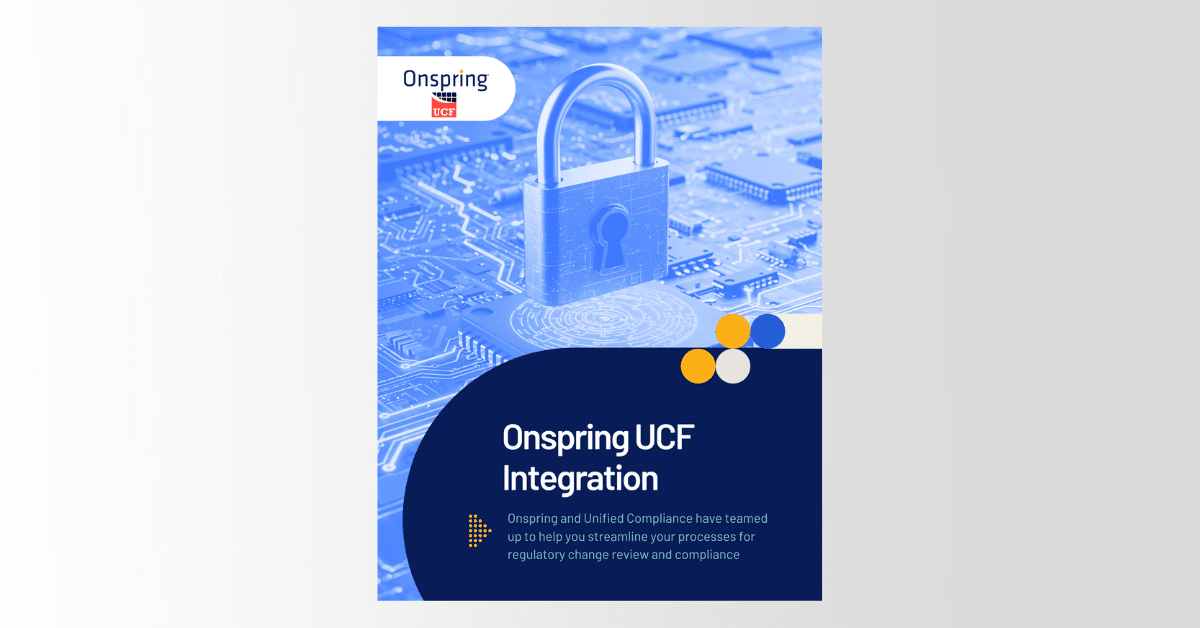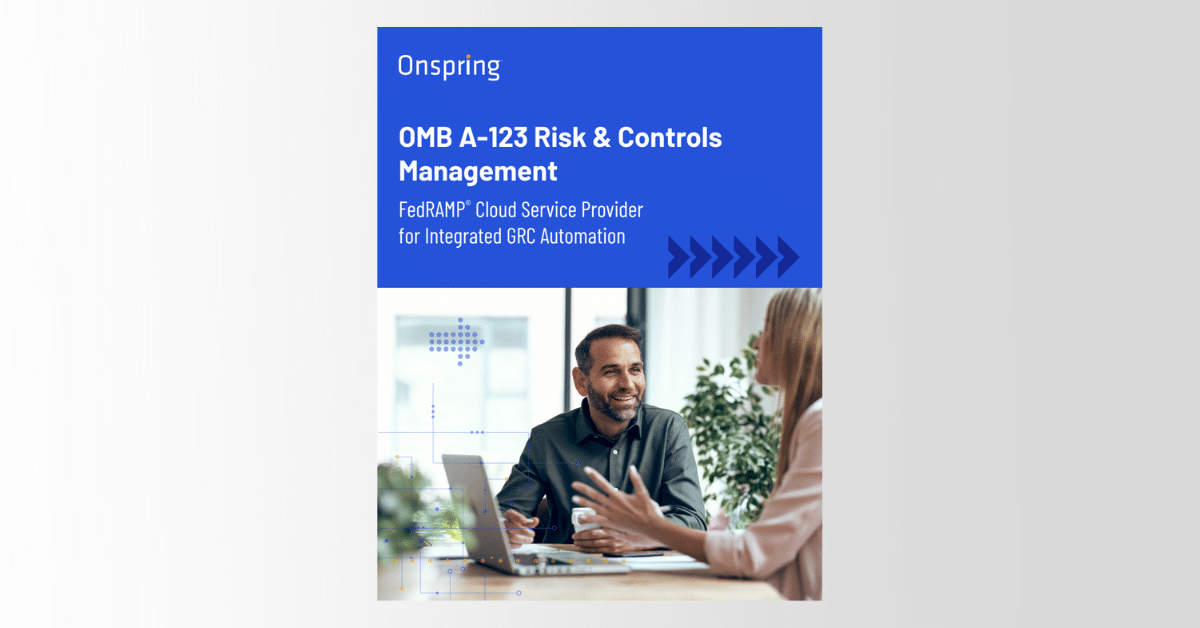As businesses face increasingly complex regulatory landscapes and growing risks from globalization and digital transformation, the need for a cohesive approach to managing business operations and risks is evident. In response to this accelerated transition, the Open Compliance and Ethics Group (OCEG) proposed what we now know as governance, risk and compliance, or GRC.
But what is governance, risk and compliance? Simply put, it comprises practices and processes that organizations use to manage and oversee their operations to comply with national and international laws and industry standards. It also includes the software suite required to implement and manage the GRC approach in an organization.
As tech advances rapidly, so do risks and compliance standards. Business owners and IT professionals must stay well-versed in GRC principles to navigate these challenges. Let’s shed light on the three components that form the core of GRC.
What Is GRC?
Think of governance, risk and compliance (GRC) as the “rules of the road” for businesses. It’s a framework that helps organizations set up clear guidelines (governance), manage potential issues or threats (risk) and make sure they’re following all necessary laws and regulations (compliance).
GRC isn’t just about avoiding fines or legal trouble. It’s about creating a solid foundation that helps the company run smoothly and stay trusted by customers, partners and employees.
Some experts call it a three-legged tripod on which an organizational structure is built. Others call it a three-legged stool. We’ll say it’s the trifecta of good business practices.
All three elements are equally important and must work together for effective decision-making, cost reduction, risk mitigation and compliance. Most importantly, GRC isn’t just for enterprises. It applies to businesses of all sizes and in every industry.
What Does GRC Stand For?
GRC stands for governance, risk and compliance. These three elements are intertwined but different in their ways. We’ll go over each component below.

In the simplest terms, governance is about how a company sets its direction and makes sure everything’s running as planned.
Governance involves the policies, rules and processes a business puts in place to keep everyone aligned with the same goals. It’s like having a roadmap that guides everyone towards the same destination. Plus, it keeps leaders accountable and aligns every action with the company’s bigger purpose.
The Organization for Economic Co-operation and Development (OECD) created one of the most well-known standards for corporate governance. Their Corporate Governance Factbook outlines the evolutions and trends in corporate governance frameworks worldwide.
According to the OECD, good governance helps businesses access capital and financing, mainly from debt capital markets and equity. Organizations can then use these funds to invest in their growth and innovation.
A sound governance plan also strengthens trust in market relationships and fosters transparency. It attracts investors, boosting confidence that their investments will be safe in the correctly functioning market.
Plus, it enables businesses to make informed, strategic decisions and respond to challenges swiftly. It provides a foundation for long-term success by promoting stability and enhancing overall organizational performance.
Risk
The “R” in GRC stands for risk. However, it’s not just risk but risk management and mitigation. Anything that can harm a business or hinder its progress counts as a risk. Business risks may be:
- Financial (e.g., cash flow shortages, market volatility)
- Operational (e.g., equipment failures, supply chain disruptions)
- Reputational (e.g., public perception, PR disasters, brand damage)
- IT (e.g., data breaches, intentional fraud, hacking, system failures)
- Legal and compliance-related (e.g., lawsuits, malpractice, regulatory fines)
- Strategic (e.g., competition, changing market trends)
Some risks may be unprecedented or unforeseeable. The COVID-19 pandemic is a notable example of a risk that caught many businesses off guard and caused significant disruptions.
A proactive approach to risk management makes businesses better prepared to face and mitigate issues. Many organizations use GRC tools to detect emerging risks. These tools may have predictive models that alert businesses of potential risks based on past events and trends.

Compliance
Last but not least, the “C” is for compliance.
Compliance is about making sure the company is following all the rules and regulations it needs to operate legally and ethically. Imagine compliance as the safety guardrails for a business—there to prevent mistakes that could lead to significant consequences, like fines, lawsuits, poor public perception or damage to your reputation.
Compliance may be related to various areas, such as:
- Industry-specific regulations
- International laws and standards
- Internal policies and procedures
- Environmental sustainability
- Employee safety and health regulations
Depending on the industry and locations you operate in, you may have stricter compliance requirements than others. For example, the healthcare industry is highly regulated, with regulations like the Health Insurance Portability and Accountability Act (HIPAA). Similarly, the General Data Protection Regulation (GDPR) applies to all industries that collect customer data and are established or have an office in the EU.
The consequences of non-compliance in highly regulated sectors are also more severe when companies mishandle or lose data. They can range from fines to legal action, loss of license or accreditation and even criminal charges. That’s why it’s best to invest in a GRC tool for compliance issue identification and management for proactive response.


Compliance issues can surface more easily through visual status markers.
Why Is GRC Important?
GRC is a business must-have because it acts like a safety net and a roadmap all in one, helping businesses stay on course, avoid risks and earn customer trust. In a company without GRC, there would be no clear guidelines, so decisions could feel random or inconsistent to stakeholders like employees, investors, customers, and regulators.
For employees, unclear guidelines can lead to confusion and inefficiencies, affecting productivity. Similarly, investors may view it as a red flag, signaling poor management and increasing the perceived risk of investment. Customers could also lose trust if they feel the company lacks transparency or accountability.
The risk would also be unchecked, meaning financial, legal or operational issues could blindside the company. And without compliance, there’d be a high chance of facing penalties or even legal trouble.
The True Cost of Compliance with Data Protection Regulations, a study conducted by the Ponemon Institute, found that non-compliance costs businesses anywhere from $14 million to $40 million.
These costs may be the result of the following non-compliance consequences:
- Business disruption
- Productivity loss
- Revenue loss
- Fines and penalties
- Reputational damage
The same applies to the risk side of things, too. According to the Global Risks Report by the World Economic Forum, businesses are expected to have a turbulent time ahead. Risks like supply chain disruptions, inflationary pressures, rising geoeconomic tensions and cyber threats are all expected to increase in the coming years.
The Allianz Risk Barometer 2024 also highlighted similar risks and added the following to the list:
- Changes in legislation and regulation
- Natural catastrophes
- Climate change
- Macroeconomic developments
- Market developments
- Political risks and violence
- Skilled labor shortages
Without adequate preparedness for these risks, businesses will struggle to survive and thrive in a constantly changing environment. GRC facilitates this survival by implementing a governance, risk and compliance framework that organizations can employ to be resilient in these challenges.
Benefits of GRC
When done right, a GRC program has many benefits, the most prominent being cost reduction. Addressing risks early helps avoid the costs that can come from harmful situations for the business. Similarly, strict compliance minimizes the risks of costly fines and reputational damage.
GRC also helps streamline processes, reduce silos and improve communication within the organization. Together, these factors reduce costs by minimizing error, redundancy and duplication.
A business that prioritizes GRC also has more transparency and accountability. Thanks to cross-functional collaboration, the entire organization is better informed about risks and compliance issues, making it more accountable for its actions.
A GRC framework safeguards your business against cyber threats and fosters customer trust in your organization. The investor trust and capital influx that come as a result of regulatory compliance is an added bonus.
How To Implement a GRC Strategy
The main components you need to know about GRC strategy implementation are key stakeholders, framework and GRC maturity.
The stakeholders are the people responsible and accountable for everything GRC. They include:
- Senior management and internal auditors
- Legal teams
- Finance managers
- General counsel
- IT security and IT managers
- Risk officers
Once you have your key stakeholders onboard, the next step is to choose a framework. A framework is a set of processes and structures that help you achieve your GRC objectives. Plus, you’ll need GRC tools and software to streamline the management and tracking of GRC activities and provide real-time insights into risk and performance.
What is a GRC tool? It’s any software that helps you streamline, automate and manage GRC processes. Do your due diligence in choosing a GRC solution that suits your specific needs. Some factors to consider include scalability, integration with CRM and IT management tools, user-friendliness, robust reporting and real-time insights. Customer support and training are crucial, too, as proper guidance can maximize the tool’s effectiveness.
The third component is GRC maturity, which is the extent to which governance, risk and compliance are integrated within your business. Ideally, you want to have a high level of maturity to reap the full benefits of your GRC strategy.
Once these components are in place, you can start implementing your GRC strategy by following these steps.
Step 1: Build a GRC Framework
Start by identifying the most significant challenges for your business. These may include regulatory requirements, data privacy laws, cybersecurity risks, internal silos and so on.
Then, build a framework that covers all GRC areas, including:
- Corporate governance
- Risk management
- Compliance management
- Information security
- Operational processes
Step 2: Identify Risks and Shortfalls
What are the current operational risks and compliance shortfalls in your business? For example, do you have adequate data protection measures? Are there conflicts of interest within your organization?
Don’t forget third-party risks. Use our third-party risk assessment checklist to identify risks posed by vendors, contractors, suppliers and partners.
Also, get buy-in from all the top-level executives and their departments. This will help you identify risks and shortfalls from different perspectives, making your GRC strategy more comprehensive. Lower management may also be more willing to participate if they see executive support for the GRC strategy.
Step 3: Set Roles and Responsibilities
GRC implementation or management isn’t a one-person job. Everyone in the organization is impacted by it, so it makes sense that they all play a role in implementing it.
Assign roles to every member in the organization. For example, the chief financial officer should oversee financial risks, the chief information officer should handle data privacy and security risks and the HR department must stay up-to-date on labor law compliance.
Step 4: Automate GRC Tasks
The fast-paced and complex nature of modern business operations makes automating GRC tasks a smart choice. While many businesses still use spreadsheets and manual systems, adopting automated solutions can significantly improve efficiency and reduce errors.
Modern GRC software solutions come with many features, including but not limited to:
- Automated risk assessment and management
- Compliance tracking and reporting
- Incident management
- Third-party risk management
- Content and document manager
- Analytics and KPI dashboard
Some of them even alert you of changing regulatory requirements so that you’re always on top of your compliance game.
Step 5: Train Employees and Test the GRC Framework
Provide your employees with everything they need to know about GRC management processes and expectations. Some resources include:
- Employee training and awareness sessions
- Coursework that emphasizes specific GRC responsibilities assigned to employees
- Hands-on learning with the tools and software used for GRC
Once the GRC framework is up and running, test it regularly to see if it’s delivering the intended results. If you notice shortcomings, weed them out before they become major issues.
For example, track compliance rates, risk mitigation success, incident response times, and the overall performance of automated processes. Look out for any gaps in risk coverage, such as inconsistent reporting or delays in issue resolution. Identification is the first step in resolving these issues.
Regular audits and feedback loops with key stakeholders will help fine-tune the system. Similarly, you can streamline workflows or integrate more advanced automation to speed up responses.
Ace GRC With Onspring’s GRC Software Solution
A GRC software solution can ease compliance burdens by automating tasks and providing valuable insights. Typically, it takes anywhere from a month to two to implement such software. However, businesses with more complex requirements and legacy data migrations might need more time.
At Onspring, we’ve developed a comprehensive GRC software solution to cater to your needs. With strict customer data management protocols and a no-code, flexible platform, Onspring stands out as a remarkable choice for your GRC framework. Since it scales with your business process and growth trajectory, you don’t have to worry about outgrowing your GRC software solution.
Plus, our tool supports risk management, compliance, legal, audit and vendor management teams, so you have a comprehensive solution in one place. Schedule a demo to see Onspring in action.



